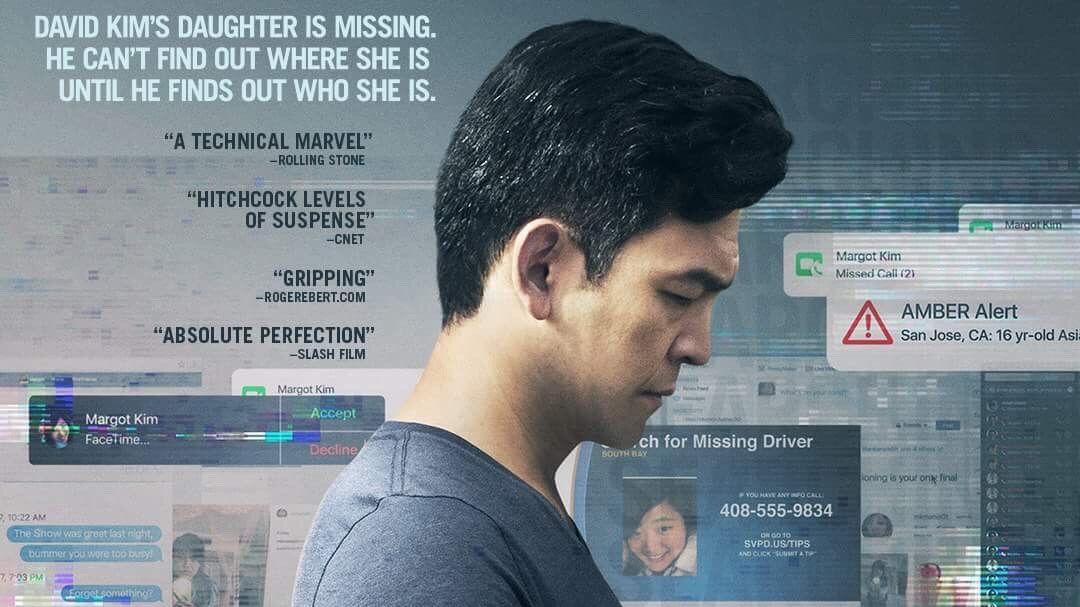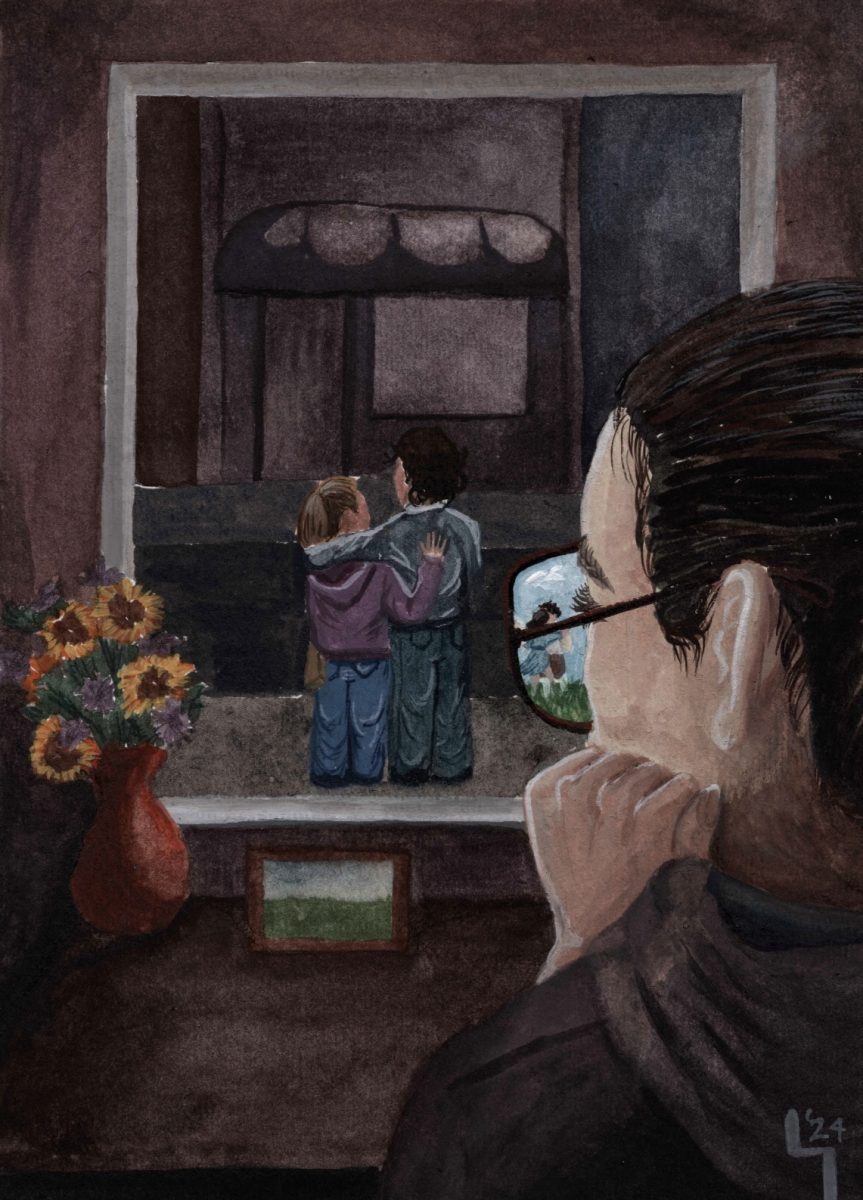“Searching” is an experiment in modern filmmaking and realism. The entire movie takes place through the perspective of computer screens. Imagine your laptop screen became the size of a theater screen – every movement of the mouse, every keystroke, every text message and FaceTime call projected on the wall and used to tell a story. That’s what you get when you see “Searching.”
If that sounds ambitious, it certainly is. I went into the film skeptical that they would be able to pull off such a daunting feat. But by the end of the movie, I was more than convinced. First-time director Aneesh Chaganty told a brilliant story through a wholly unique and exciting new medium. Telling the entire narrative through computer screens allowed for the use of some ingenious symbols and several positively heart-wrenching moments that couldn’t have been captured through more traditional methods.
The opening sequence, which I found reminiscent of “Up’s” legendary tragic beginning, utilizes saved home videos to provide background for the story to come. Through the eyes of a handheld camera, we watch the protagonist David, played by John Cho, and his family as his daughter Margot grows up. We see a series of first day of school photos and watch as Margot’s mom, David’s wife, struggles with her health. By the time the actual story starts, the film has already subjected its audience to some of the most emotional moments in David’s life and it does so in a way that allows you to really feel the significance of these events. It’s hard to explain exactly why, but looking through the family’s computer screens is one of the most bizarrely personal and emotional perspectives I’ve ever seen used in a film.
The movie’s methods are by far the most fascinating thing about it, but “Searching” does also tell an interesting tale of mystery. When Margot goes missing, the film follows David in his frantic efforts to investigate her disappearance. Most of the dramatic scenes take place through FaceTime video calls, and the camera alternates between zooming in on David and the person he’s talking to. The mystery unfolds dramatically, and although it might not be the most intricate story ever constructed, the raw emotion and the medium through which the story is told absolutely make it a fascinating and suspenseful experience.
I have to give credit to John Cho, who acted magnificently through what must have been very difficult shots to film. Most of his time on screen, Cho is sitting down, staring into a webcam. We hear his voice and see his face, but the shots tended to restrict his ability to use body language. Despite this, he did an excellent job of portraying the despair and guilt of a parent who has lost his child. Cho was absolutely astounding, and the emotion he brought to his performance really added something special to an already very special film.
I wish I could say more, but I don’t want to spoil the surprise for those who haven’t seen it yet. All I can say is that “Searching” is a masterfully edited, expertly acted, beautifully written story that everyone should see, as much for its groundbreaking ingenuity as for its thrillingly emotional mystery.
Keagan Miller is a psychology junior and life and arts reporter for The Battalion.
Stylistic risks in ‘Searching’ pay off in a big way
September 13, 2018
Photo by Creative Commons
John Cho stars in Searching, where his character hopes to find his missing daughter through her laptop.
0
Donate to The Battalion
Your donation will support the student journalists of Texas A&M University - College Station. Your contribution will allow us to purchase equipment and cover our annual website hosting costs.









